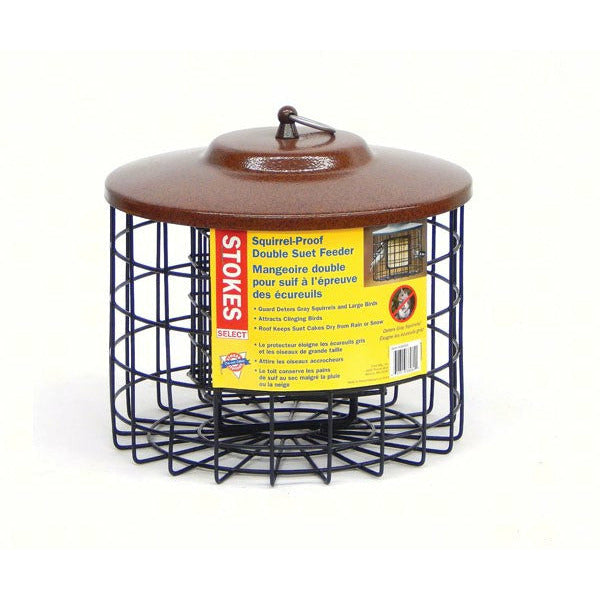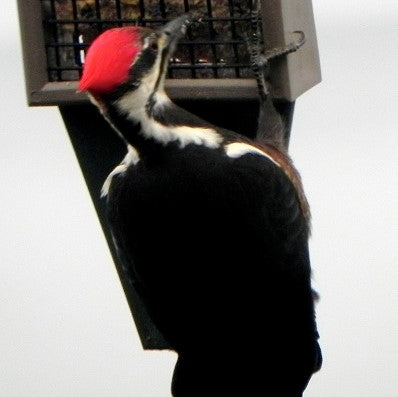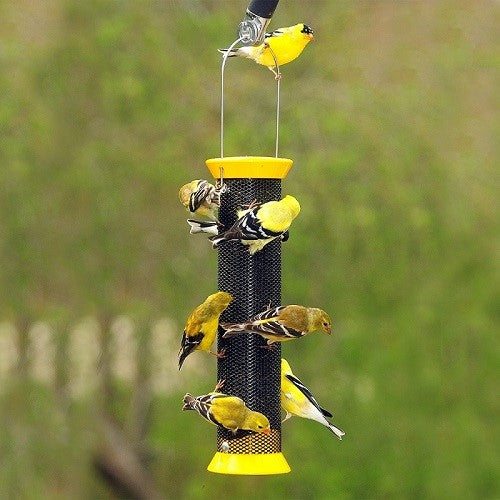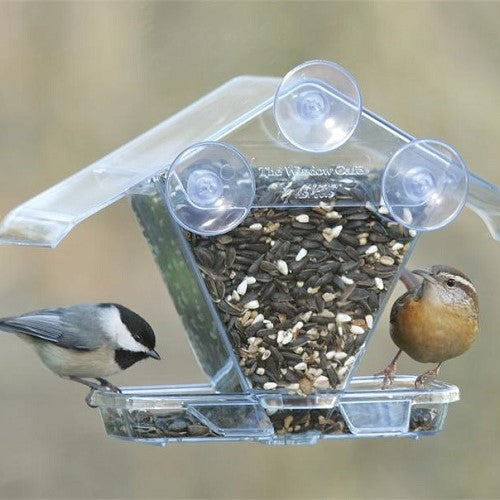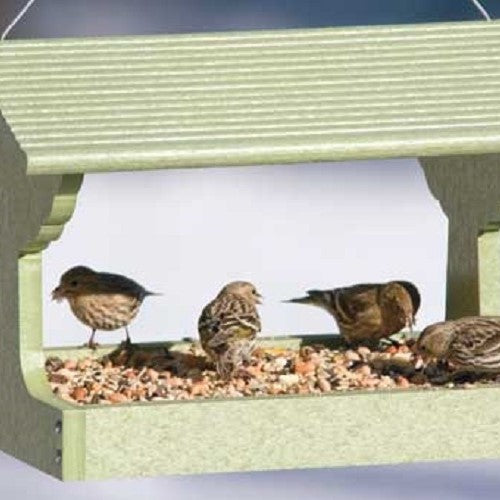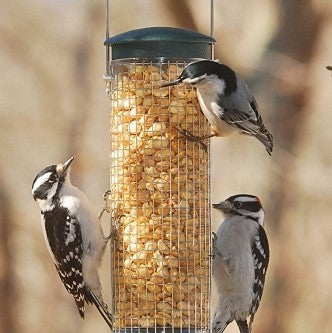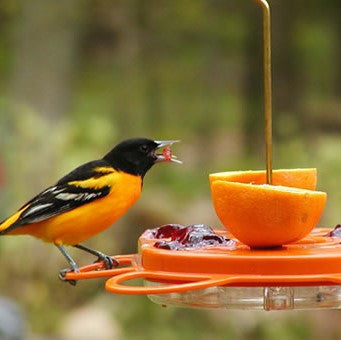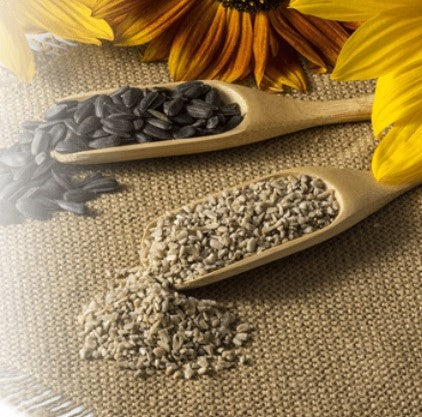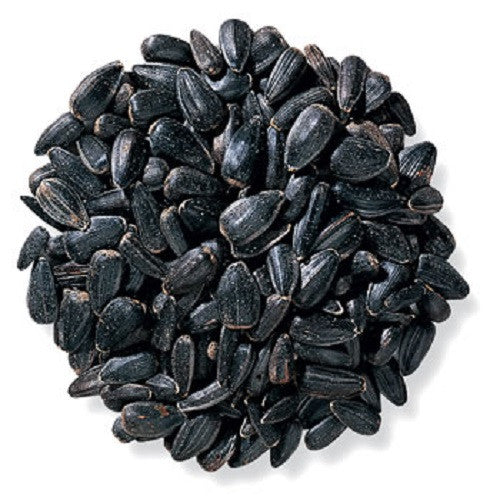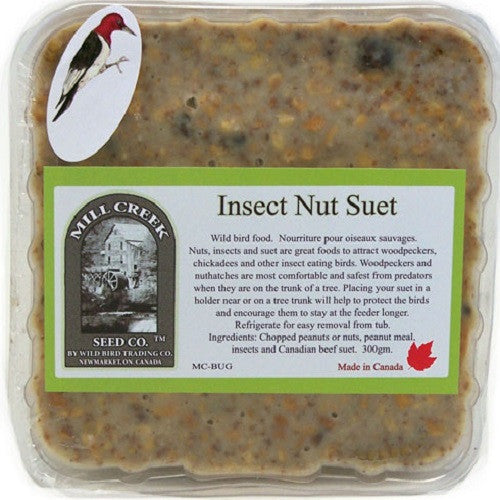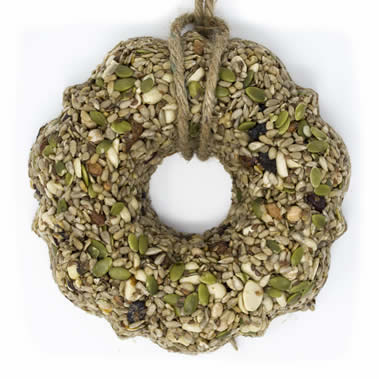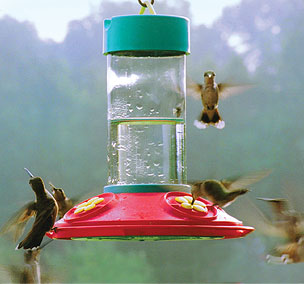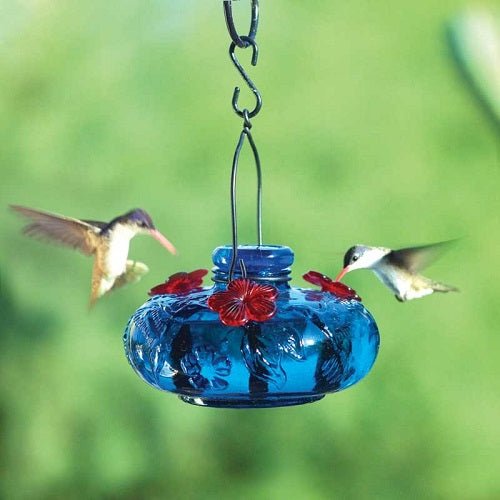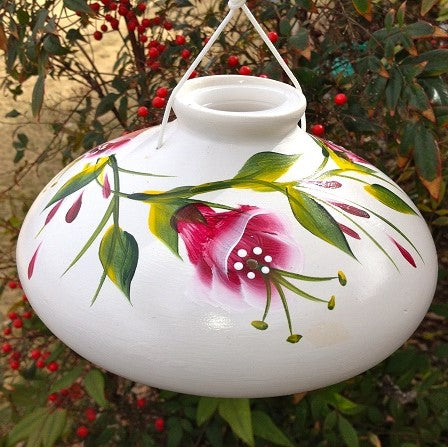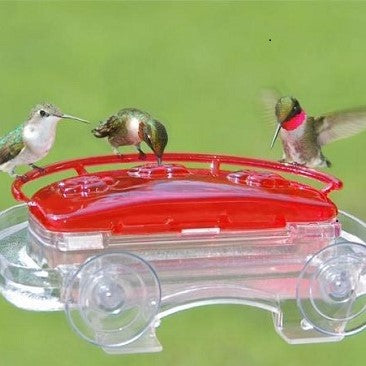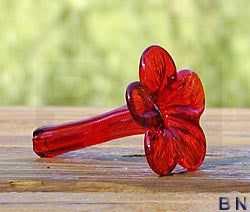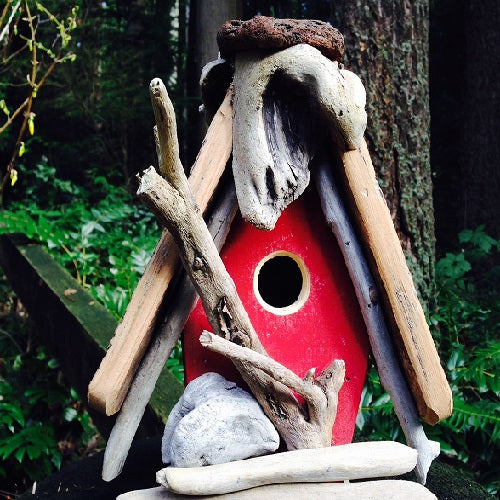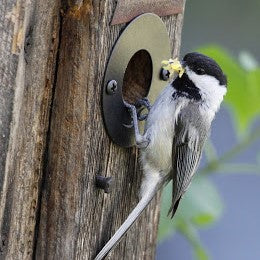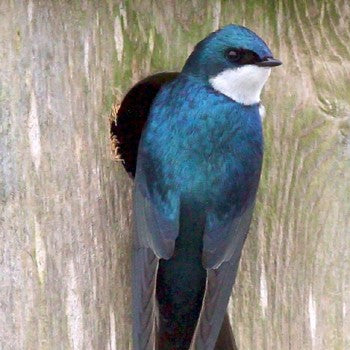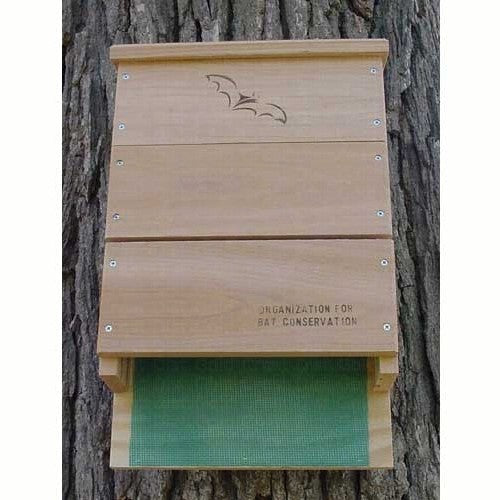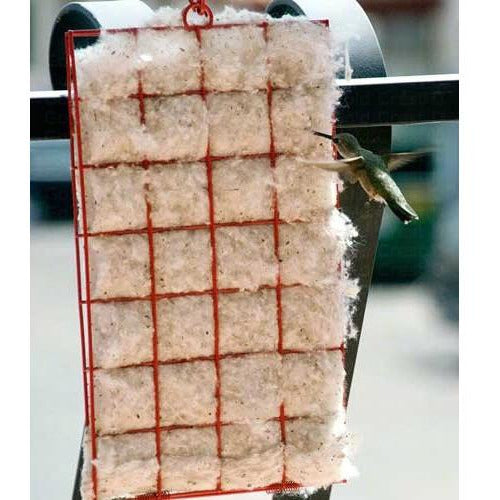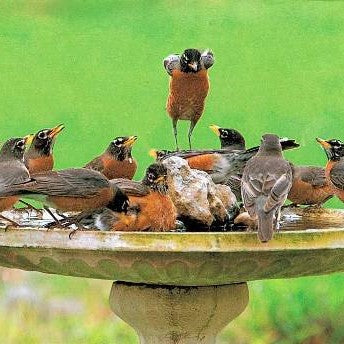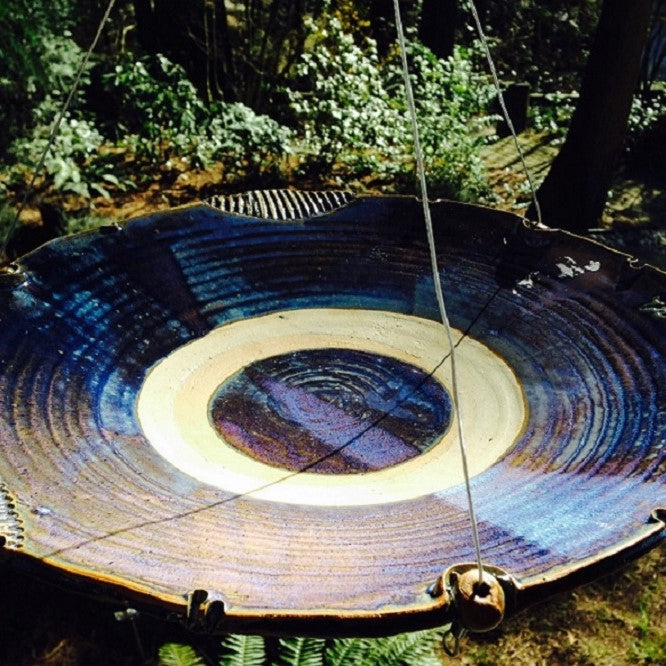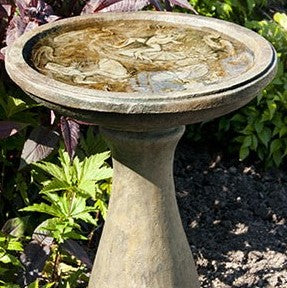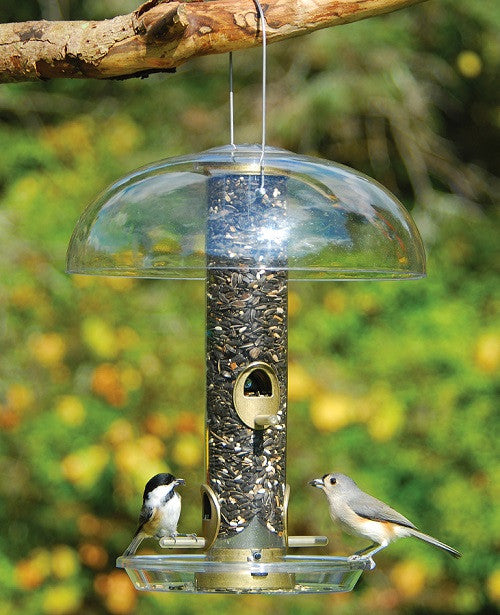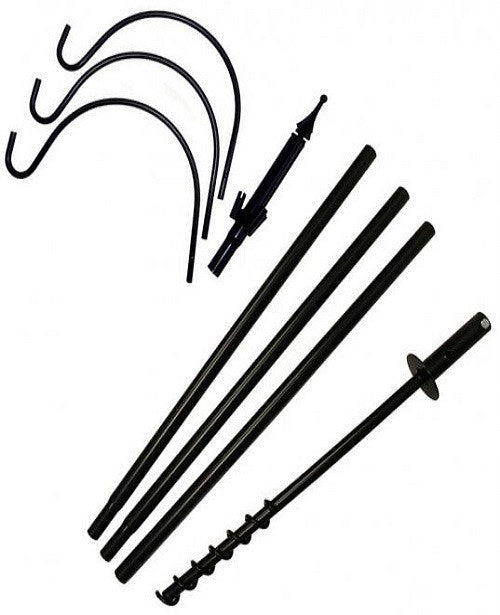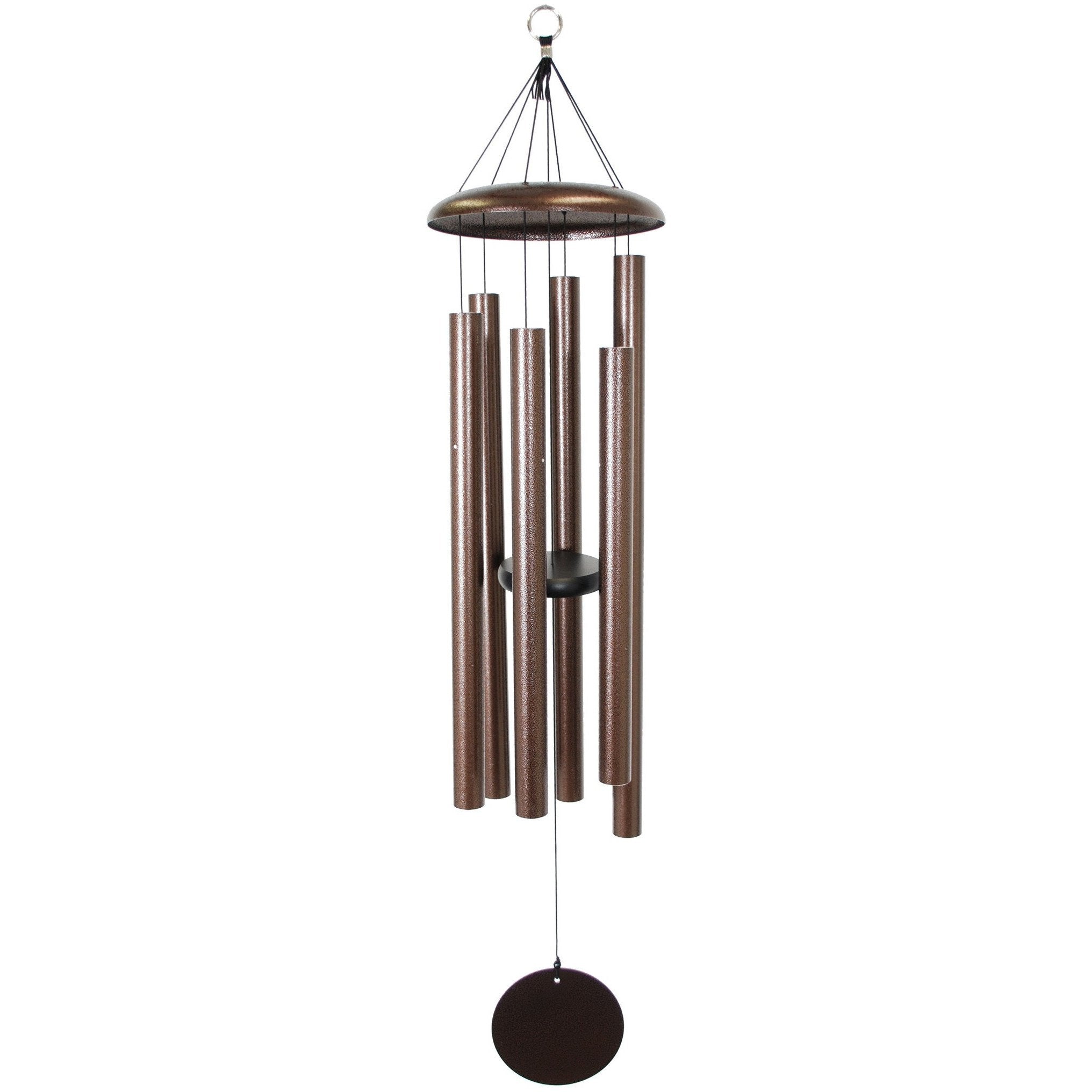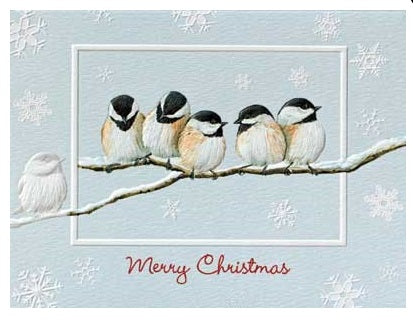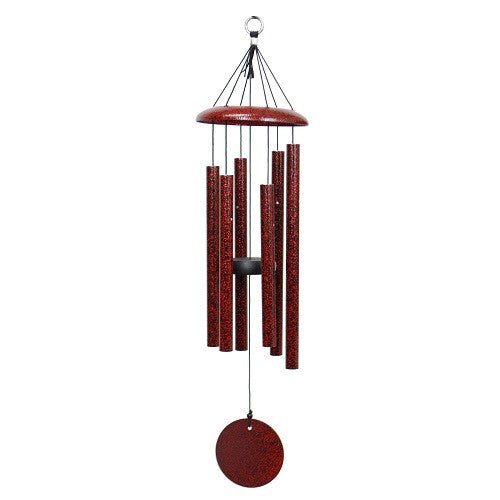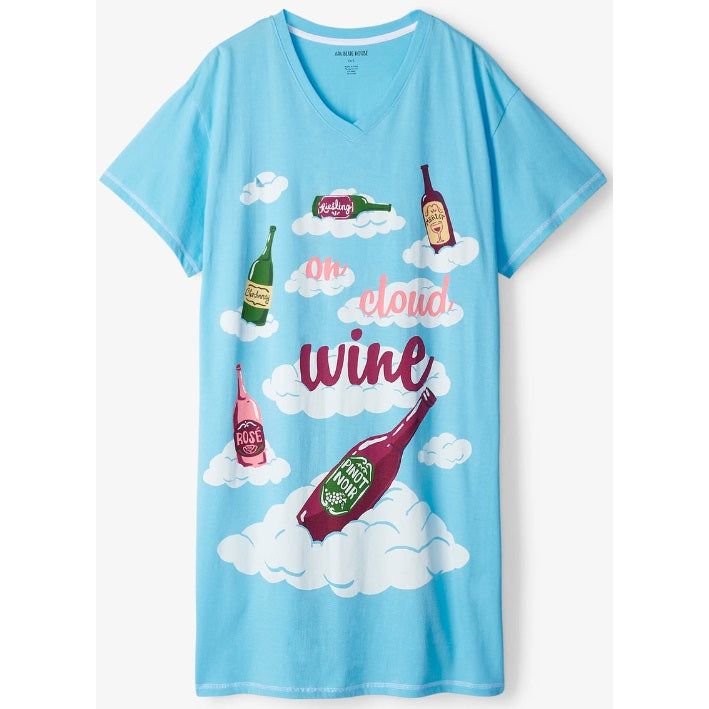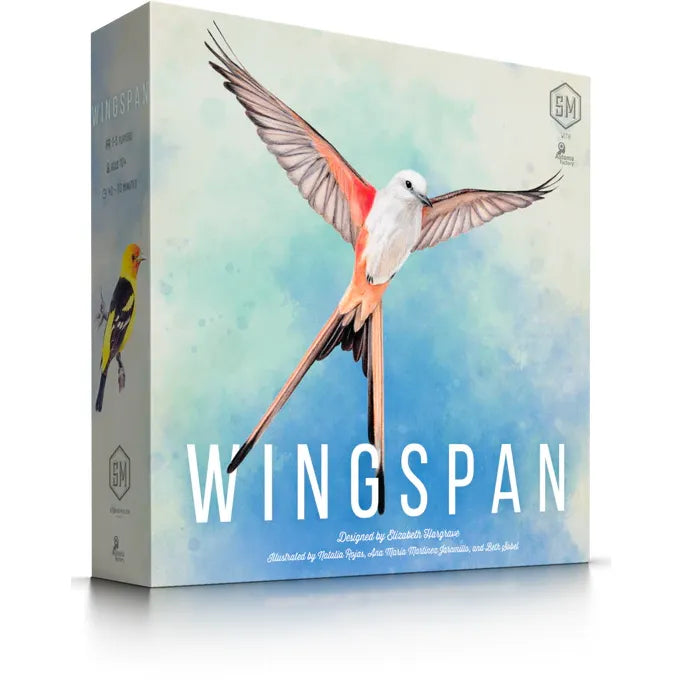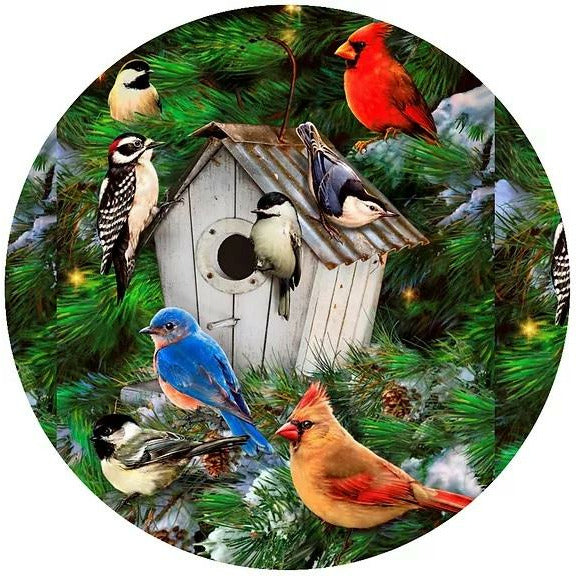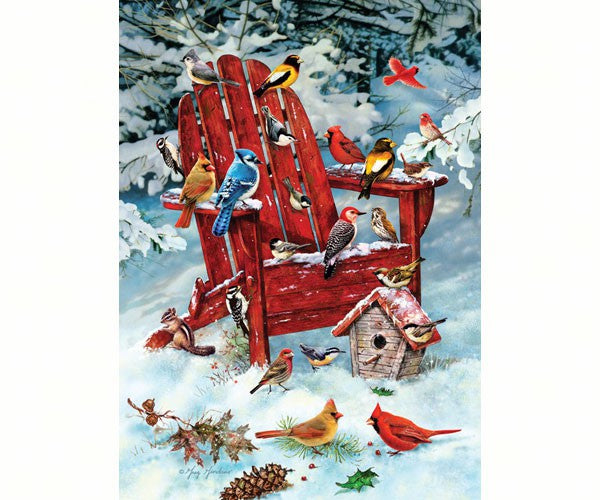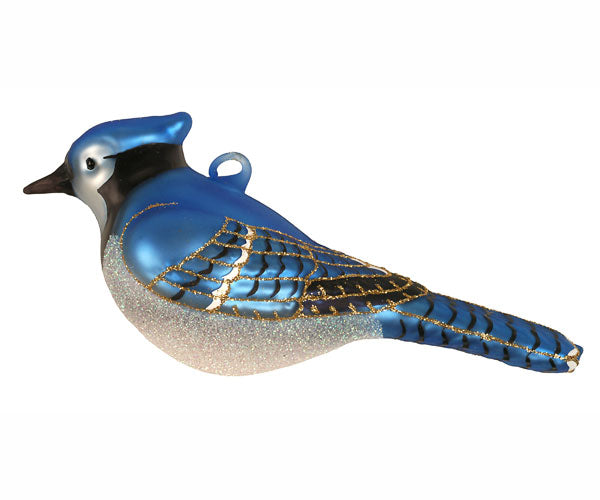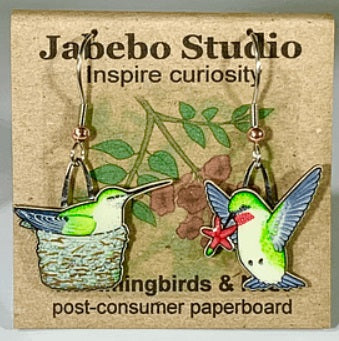How Sweet It Is
It’s closing in on hummingbird season again and after writing twelve years of articles on how to attract these exquisite creatures to our backyards, I began to wonder about what was remaining to discuss on this topic that hasn’t already been covered in the past.
Fortunately, while recently surfing the Birding in B.C. Community Website (www.birding.bc.ca) an interesting topic of conversation was posted by some Victoria residents regarding how to keep hummingbird nectar from freezing. During the fall and winter a good portion of Vancouver Island is host to the Anna’s Hummingbird which occurs year-round along the entire west coast. In fact, I’ve had several reports during the last couple months from customers in Burnaby and Coquitlam that are feeding Anna’s.
Anyways, there was much debate (as there always is) about the correct water to sugar ratio. This is a very common question in the store and thankfully is far more prevalent than the discouraging “where do you keep the powdered hummingbird mix?”
In his discussions with other wintering hummingbird fanatics, Demcheck found several people who increased their percentage of sugar in their “winter-mix” to 1:3, 1:2 and even 1:1.
The reasoning being that the birds need extra energy to get through the cold winter nights and that higher sugar solutions took longer to freeze. Demcheck came to the obvious conclusion that a solution to the dilemma is to know the composition of nectar in the flowers that the hummers are drinking in nature, And the simplest way to measure this is with a device called a refractometer.
This device is used in the fruit and beverage industry to measure total amount of sugar in a solution. So Demcheck spent the summer of 2001 getting readings from as many nectar-producing plants as possible that were present in his garden.
After spending many frustrating hours getting the procedure down pat, two things became immediately obvious. Firstly, how high the sugar concentrations showed for certain plants and secondly how much the readings varied depending on the time of day and the season during which samples were taken from a given plant.
He then produced a report for 30 selected plants over an eighteen month period posting minimum, maximum, and average percent sugar concentrations along with the number of samples taken. The second half of his experiment was to measure the volume of nectar produced per flower since knowing the concentrations was useful, but without an idea of the amount of nectar produced per flower, you can’t rate a plant on its desirability to hummers.
His findings? The most “potent” of the nectar-producing plants he tested was Salvia, especially S. madrensis, S. guaranitica, S. Regla, and S. Coccinea. . These earn their reputation as great hummingbird plants with high yields considering the size of the flower.
Also very impressive were the various Shrimp plants including Justicia brandegeana. Other good performers include Firespike, Giant Turk’s Cap, and the orange Chinese Lantern. These selected hummingbird-friendly flowers showed average concentrations of 27-33% and relatively large volumes of nectar.
Of all thirty plants tested in this limited experiment over an eighteen month period, the overall sugar concentration average was 25.5% which would point to a 1:3 ratio.
However as Demcheck rightly points out, “20%, or 1:4 is a good mix that hummers routinely and perhaps predominantly get in their lives.” This is an important distinction since a typical, natural field of meadow flowers is likely to yield a mix of both low and high nectar varieties.
So, I think the lesson to learn is that if you want to err on the side of caution, continue with 1:4. But don’t be afraid to go as high as (but no higher than) 1:3.


